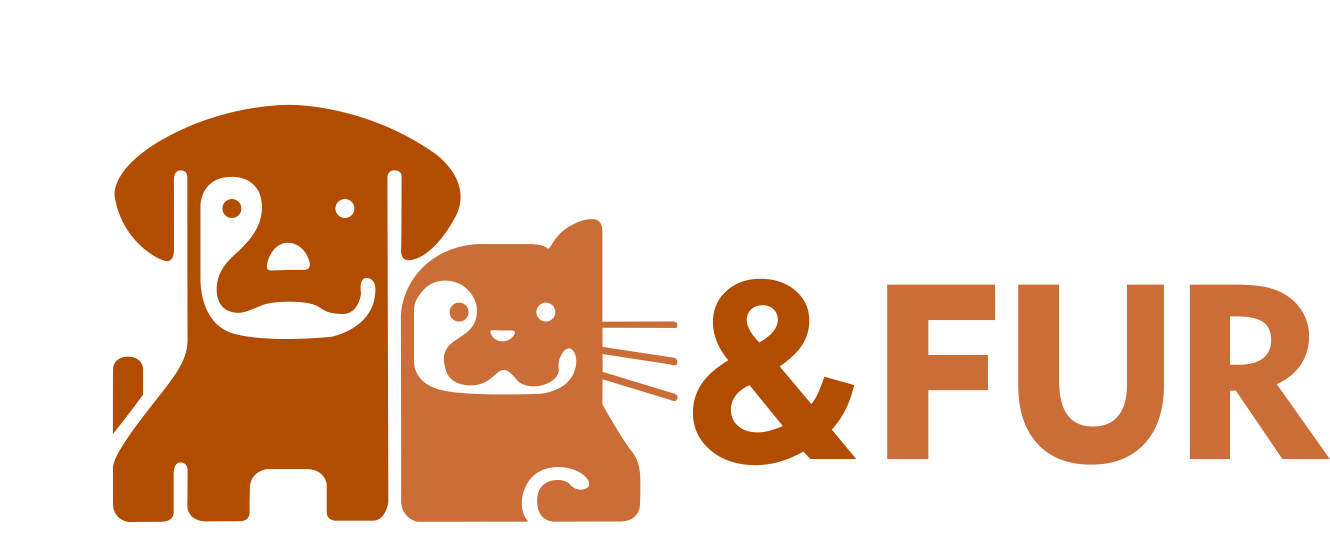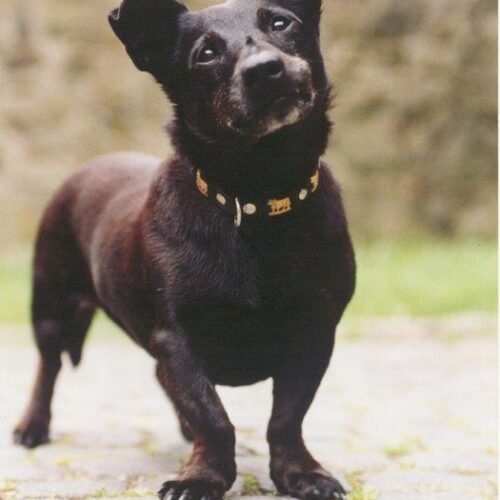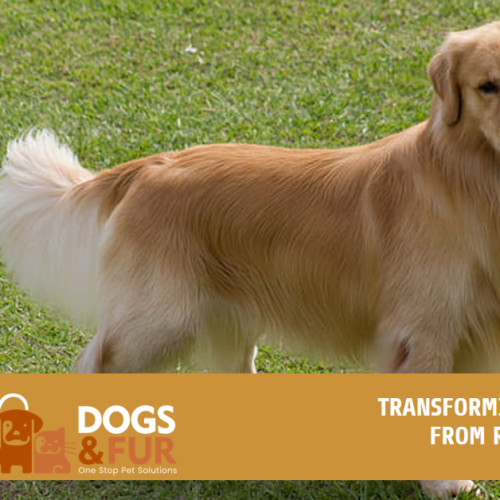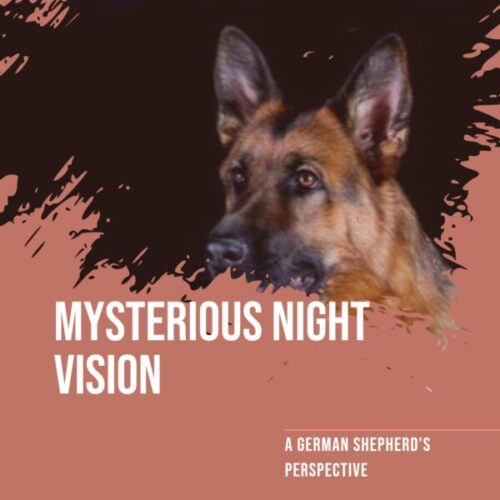What Are Cow Hocks?
Dogs, with their endless energy and boundless joy, are our faithful companions through thick and thin. But what happens when their usually graceful gait takes on a peculiar, wobbly twist? Welcome to the world of cow hocks in dogs. This condition can turn your dog’s walk into a wobble, but don’t worry—understanding it is the first step to managing it effectively. Let’s dive into what cow hocks are, which breeds are most affected, and how you can help your four-legged friend stay happy and healthy.
Decoding Cow Hocks in Dogs / Cow Hocked Puppy?
Think of your dog’s hock as their ankle joint. In a perfectly aligned dog, these bones are straight, ensuring smooth and stable movement. Now, imagine those hocks turning inward, causing the paws to splay outward. That, in essence, is what cow hocks look like. It’s akin to standing with your feet turned outward—graceful? Not quite. A Cow hocked german shepherd dog can be seen very commonly.
Understanding the Causes
The root of cow hocks lies in the growth rate differences between the tibia and fibula, the two bones in the lower rear leg. When one bone grows slower than the other, it causes the lower leg, including the feet, to twist outward. While some degree of this twist can be normal, excessive turning leads to inefficient and awkward movement. Most commonly can be seen in cow hocked german shepherd dogs.
Which Breeds Are Most Prone?
Genetic Predispositions : Certain breeds are more susceptible to developing cow hocks due to their genetic makeup. Let’s break it down:
- Giant Breeds: Great Danes, Mastiffs, and Saint Bernards. These breeds grow rapidly, which can sometimes result in bone misalignment.
- Working Dogs: German Shepherds, Rottweilers, and Dobermans. Their active lifestyles can put stress on their developing joints, leading to cow hocks.
- Smaller Breeds: Bulldogs, Pugs, and Pekingese. Their short legs and specific bone structures make them prone to this condition.
Recognizing the Signs
Early Detection of Cow Hocks : Spotting cow hocks early can make a significant difference. Here are some signs to look out for:
Outward-Facing Paws : The most apparent sign is when your dog’s paws face outward instead of aligning with their legs.
Bunny-Hopping Gait : If your dog hops awkwardly rather than walking smoothly, this could indicate instability caused by cow hocks.
Lameness and Pain : In some cases, cow hocks can cause pain, leading your dog to limp or avoid putting weight on the affected legs.
Understanding the Severity
From Mild to Severe : Cow hocks can range from mild to severe. While some dogs may not experience any discomfort, others might struggle with mobility and pain. Visiting your vet is crucial for a proper diagnosis. X-rays can reveal the extent of the misalignment and help determine the best course of action.
Managing Cow Hocks
Treatment and Care : Every dog is unique, and so are their treatment plans. Here are some strategies:
Weight Management : Keeping your dog at a healthy weight can significantly reduce stress on their joints.
Physical Therapy : Engaging in specific exercises can strengthen your dog’s muscles and improve stability.
Joint Supplements : Adding joint supplements to your dog’s diet can support overall joint health.
Surgery : In severe cases, surgical intervention might be necessary to correct the misalignment.

Living with Cow Hocks
Enhancing Your Dog’s Quality of Life : Cow hocks don’t have to limit your dog’s life. With proactive care and a few adjustments, your furry friend can still enjoy their daily activities.
Making Life Easier : Consider using ramps and harnesses to assist your dog in moving around. Prioritize soft surfaces to minimize joint stress, and always provide plenty of love and understanding.
From Wobble to Wag : With the right care, your dog can continue to enjoy walks, games, and all the fun life has to offer, even with a unique gait.
So, fellow dog lovers, don’t let cow hocks bring you down. Armed with the right knowledge and a bit of care, you can turn your dog’s wobble into a confident stride. Your furry friend can still fill your days with joy, love, and plenty of tail wags. Embrace their uniqueness and cherish every moment you spend together.
Treating Cow Hocks in Puppies, German Shepherds and Other Dogs
Addressing cow hocks in your cow hocked puppy or German Shepherd can make a world of difference. Early intervention and the right treatment can help your dog lead a happier, more active life. One highly recommended supplement for this is Canina® Canhydrox GAG.
Canina® Canhydrox GAG: The All-Rounder for Joint Health

Canina® Canhydrox GAG provides high-quality nutrition essential for your dog’s connective tissue, joints, bones, tendons, ligaments, cartilage, and teeth. Whether you have a growing cow hocked puppy or an active German Shepherd cow hocked dog, this supplement can support their musculoskeletal system effectively.
Key Ingredients and Their Benefits
Let’s delve into the powerhouse ingredients that make Canina® Canhydrox GAG an excellent choice for treating cow hocked dogs:
- Dicalcium Phosphate: This organic substance is crucial for bone and tooth health. It supports callus formation, strengthens bones, and aids in the development of straight extremities, preventing issues like knock-knees and sagging joints.
- Green-Lipped Mussel Powder: This ingredient is rich in glycosaminoglycans (GAG), which enhance joint buffer functions by attracting water to the large GAG molecules. It also contains omega fatty acids that support the musculoskeletal system and bone metabolism.
- Vitamin C: Essential for strong connective tissue and healthy gums, Vitamin C plays a vital role in your dog’s overall joint health.
- Silica: This supports all connective tissue structures, including tendons, ligaments, and claws, ensuring they remain robust and resilient.
- Vitamin E and Selenium: These antioxidants protect cells from damage caused by metabolic byproducts, supporting overall cellular health.
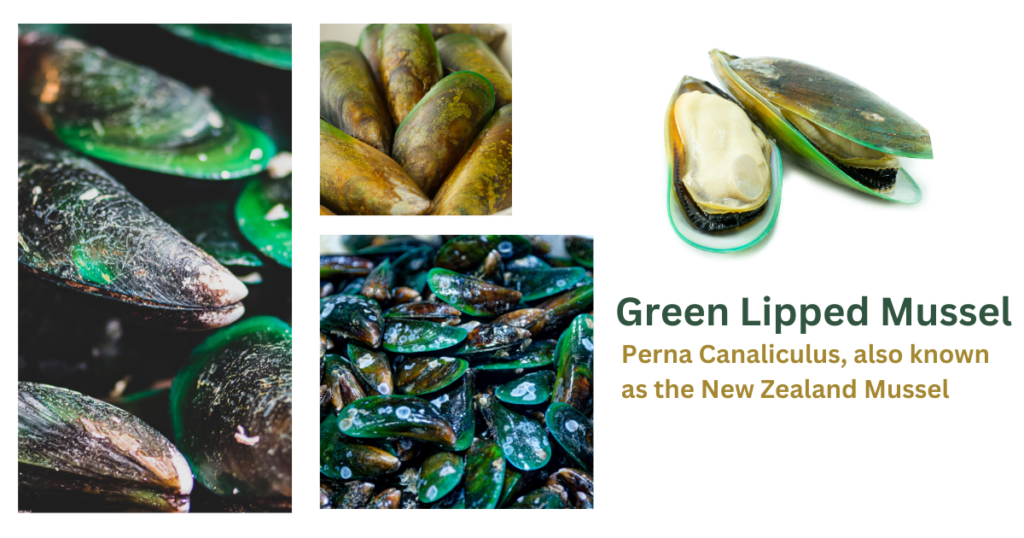
How Canina® Canhydrox GAG Helps
Using Canina® Canhydrox GAG can be particularly beneficial for cow hocked dog treatment. Especially cow hocked German Shepherd dogs and puppies. This supplement addresses several problem areas:
- Deformed Extremities: Helps in correcting bow legs and knock knees.
- Sagging and Loose Joints: Strengthens joints, making them less prone to sagging.
- Weak Connective Tissue: Enhances the strength and integrity of tendons and ligaments.
Integrating Canina® Canhydrox GAG into Your Dog’s Routine
Introducing Canina® Canhydrox GAG into your dog’s diet is straightforward. The supplement comes in easy-to-administer tablets, making it convenient for daily use. Consistent supplementation can lead to noticeable improvements in your dog’s mobility and overall joint health.
Real-Life Success Stories
Many pet owners have seen remarkable changes in their dogs after using Canina® Canhydrox GAG. From young cow hocked puppies gaining better limb alignment to senior dogs finding relief from joint pain, the positive impacts are widespread and encouraging.
Dealing with a cow hocked dog, especially a beloved German Shepherd or a growing puppy, can be challenging. But with the right knowledge and support supplements, like Canina® Canhydrox GAG, you can significantly improve your dog’s quality of life. By providing the necessary support for their joints and bones, you help them move from wobbly walks to smooth strides, ensuring they enjoy every step of their journey with you.
Embrace the journey with your furry friend, and remember that with care and proper treatment, every wobble can transform into a confident stride. Your dog’s happiness and health are worth every effort!
Place Order or Know more about Canina® Canhydrox GAG
Please Follow Us on Instagram: Dogs&Fur
